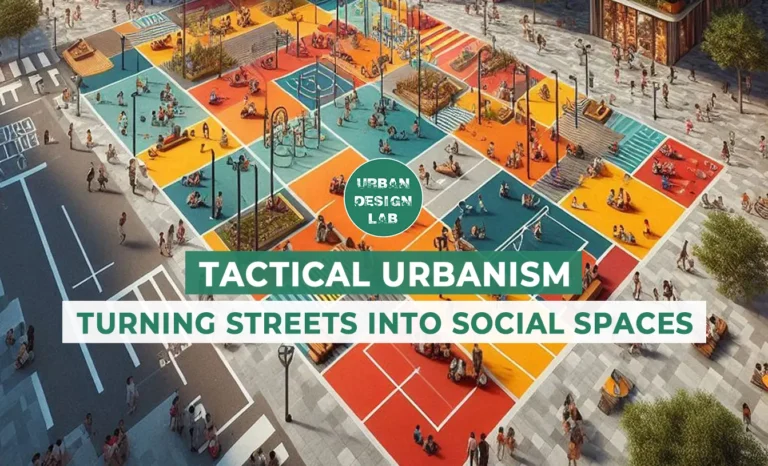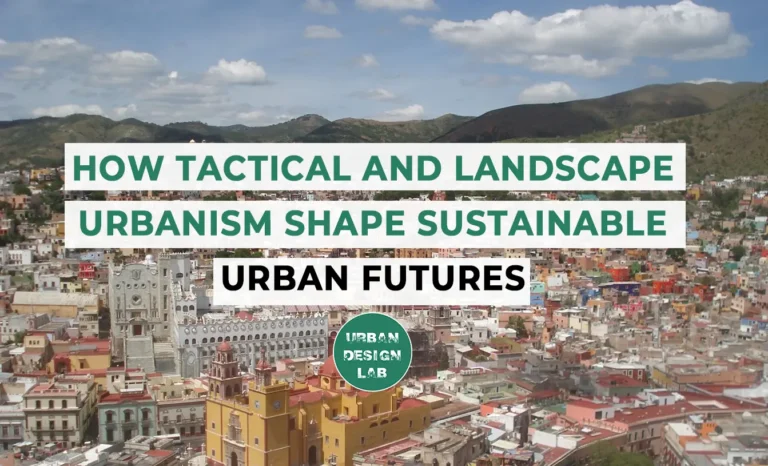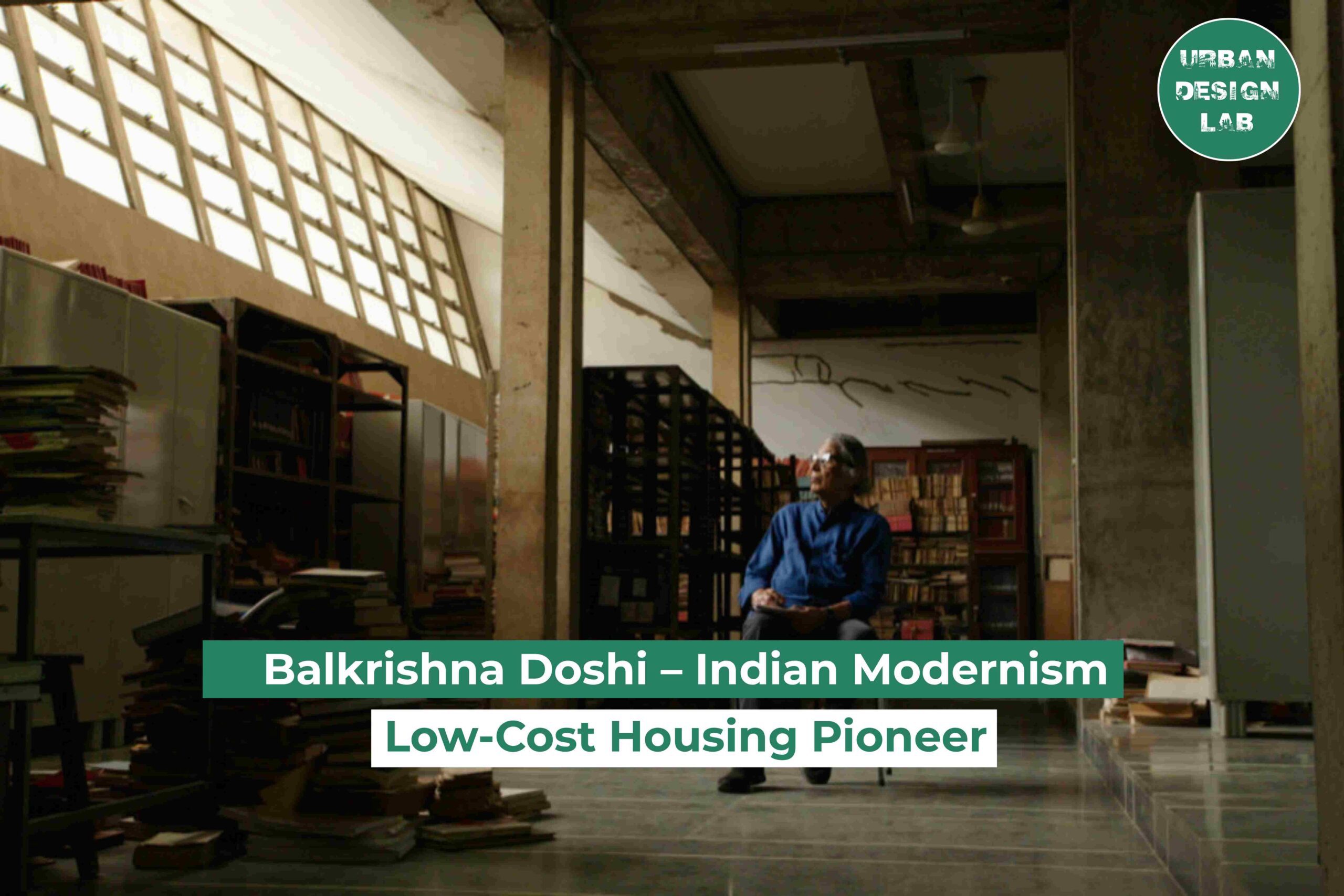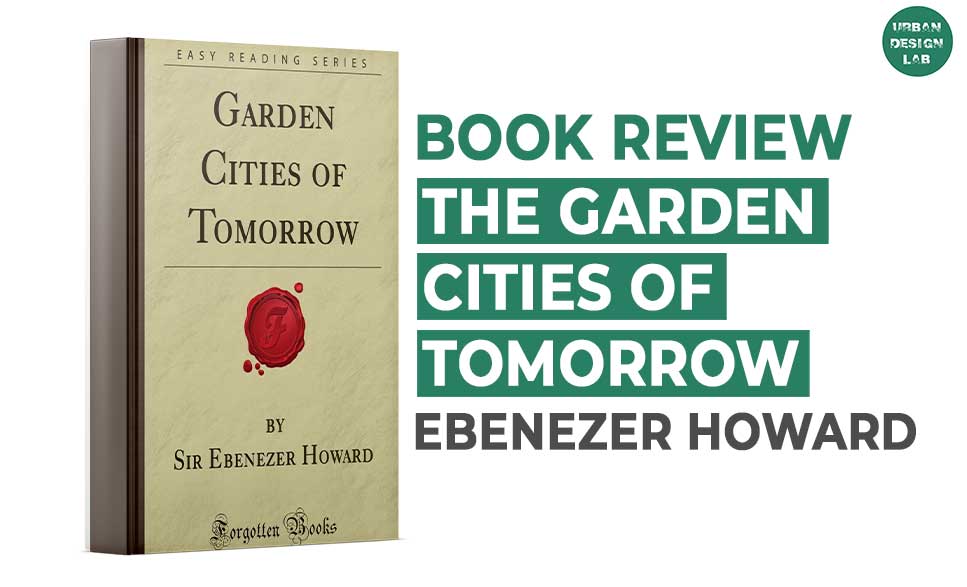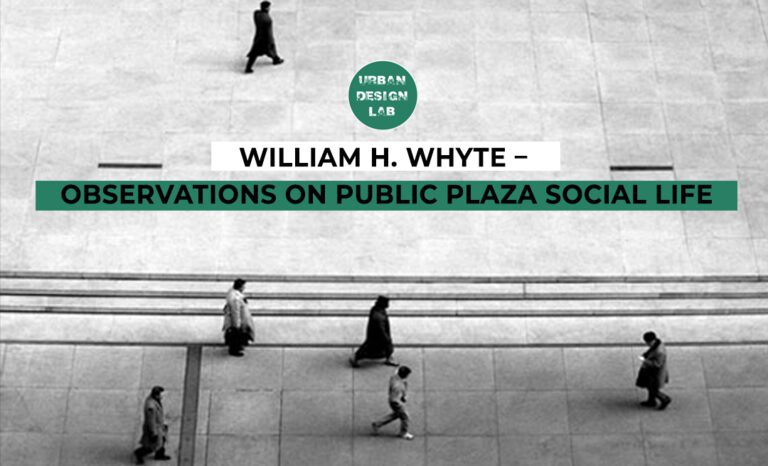
Book Review: Tactical Urbanism by Mike Lydon and Anthony Garcia
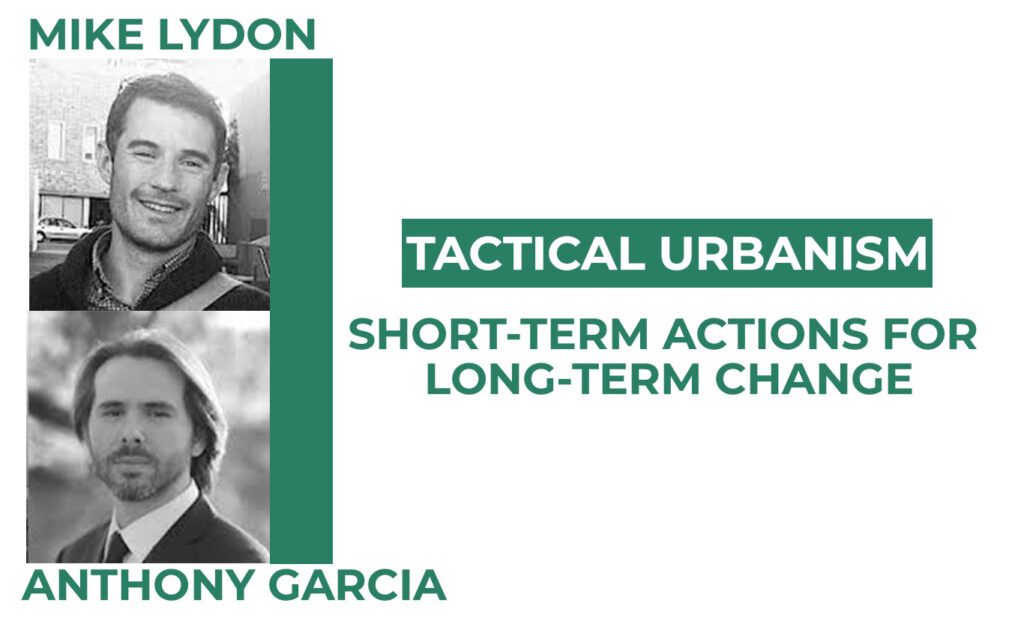
“The freedom to make and remake our cities and ourselves is, I want to argue, one of the most precious yet most neglected of our human rights.” -David Harvey
That’s basically the core argument of the book “Tactical Urbanism: Short-term Actions for Long-term Change” as concluded by the authors.
As mentioned in the book, Lydon and Garcia encountered challenges such as being unable to commute by bicycle to work, and experiencing “Urbanism withdrawal” following their relocation to the suburbs. Consequently, they resolved their everyday issues through Tactical Urbanism initiatives. Eventually, they collaborated by co-founding The Street Plans Collaborative, a firm specializing in urban design and planning, and co-authoring the said book in 2015.
While there were earlier examples of similar approaches, the authors’ work was credited with significantly raising awareness and providing a framework for the Tactical Urbanism movement’s growth.
In this article, we will provide an overview of the book, followed by main arguments and core ideas, then present the target audience. Next, we will discuss the strengths and weaknesses of the book, followed by practical implications and ending with a brief conclusion.
Overview
Lydon is a distinguished urban planner, writer, and speaker, known for his advocacy for livable cities. As a Principal at Street Plans, he oversees the firm’s New York City office, contributing to innovative urban planning projects that enhance the quality of urban life.
Anthony is a prominent architect, writer, and speaker with a notable career in sustainable urban mobility. He served as the Chairman of the Green Mobility Network and was the Publisher of TransitMiami.com, a blog dedicated to urban transportation issues.
Together, Tony and Lydon were honored with the prestigious Seaside Prize in 2017. They are co-authors of “Tactical Urbanism: Short-term Actions for Long-term Change.” The first volume, published in 2011, laid the foundation for tactical urbanism as a movement. The second volume, released by Island Press in 2015, features a foreword by renowned urbanist Andrés Duany, further cementing their influence in the field of urban planning and design.
Contents of the Book – Tactical Urbanism
This book is divided into an introduction, five main chapters, and a conclusion followed by a notes section.
- Chapter 1 explains Tactical Urbanism and its difference from DIY Urbanism.
- Chapter 2 provides a short history of Tactical Urbanism.
- Chapter 3 explains the benefits of tactical interventions: low-cost, fast implementation, and ability to test ideas before large investments.
- Chapter 4 showcases a range of tactical interventions to inspire readers for their own projects.
- Chapter 5 provides a practical guide for implementing tactical interventions.
The book aligns with the preceding and subsequent works and writings of the authors.
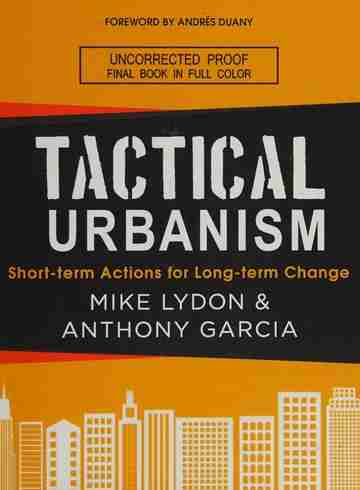
Tactical Urbanism: Definition and Core Values
The authors explain the movement, its roots, and the core values that define Tactical Urbanism.
- Traditional Planning Limitations and Tactical Urbanism as a solution: Traditional urban planning processes can be slow, expensive, and unresponsive to these challenges. The book introduces tactical urbanism as an alternative approach. It uses low-cost, temporary interventions to test ideas.
- Tactical Urbanism vs DIY Urbanism: In the former, residents identify an issue and take action to address it themselves. Additionally, It Often involves making unsanctioned changes. Projects tend to be smaller scale and more focused on immediate impact, neglecting long-term visions or collaboration with city officials. While the latter can be initiated by anyone, it is more strategic, using temporary interventions to test ideas and gather feedback before larger investments. It aims to influence long-term planning and often involves collaboration with city officials or community organizations.
- Historical roots: They discuss movements that laid the groundwork for tactical urbanism. Including: Guerilla Gardening, DIY Urban Design, and Reclaiming Streets. The authors aim to establish tactical urbanism as a continuation of these movements, offering a practical toolkit for citizen-driven change in the modern city.
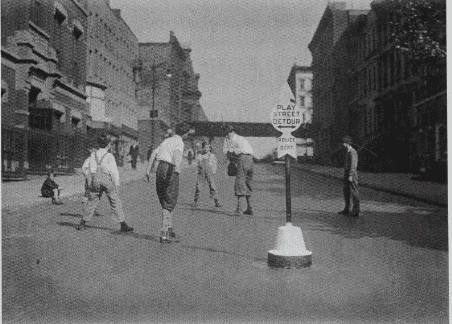
Source: Website Link
Core Benefits and Power of Tactical Urbanism
The authors focus on the benefits and power of tactical urbanism. They also argued that anyone can implement Tactical Urbanism solutions by providing case studies and a practical guide for adapting projects to local contexts and overcoming challenges.
- Social Justice and Community Empowerment: They discussed how tactical interventions have been used for social causes, such as creating temporary parks in underserved neighborhoods, highlighting pedestrian safety issues through street art displays, and Promoting accessibility by installing makeshift ramps or crosswalks.
- Broader Trends: They connected tactical urbanism to larger Urban Planning movements such as Citizen Participation, emphasizing the significance of involving residents in shaping their communities, and Open-Source Urbanism, wherein ideas and designs are freely shared to encourage collaborative problem-solving.
- Tactical Urbanism in Action: They present a range of tactical projects. Which goes beyond simply showcasing projects, but also analyzes how these projects address different urban challenges, including reducing car dependence, safety improvements, and community building.
- Planning and Implementation: They dive into the steps involved in bringing tactical interventions to life. Which include Project Definition, Team Building, Permitting, Materials Selection, Community Engagement, and Adapting to Local Contexts.
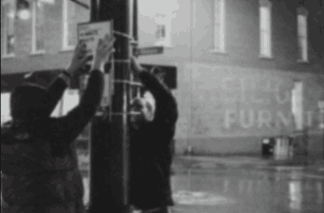
Targeted Audience and Importance of the Book
This book is not only aimed at planners, designers, and decision-makers, but also at anyone interested in being a part of the change in their community, regardless of their profession.
- The book is fit for its targeted audience since it doesn’t require prior knowledge of Tactical Urbanism, it also offers a comprehensive exploration of the concept, providing historical context.
- The book provides practical guidance and inspiring examples to those interested, rather than merely presenting theories. It draws connections to various fields needed—planners, designers, politicians, artists, handymen, and citizens—for changes to happen.
While the book might not address the most recent trends, the core principles of tactical urbanism remain highly relevant. The authors provide a valuable toolkit for addressing current challenges in cities worldwide, such as managing rapid urbanization, promoting sustainable transportation, highlighting neglected neighborhoods, and gathering data before committing to expensive permanent solutions.

Writing Style, Methodology, and Arguments by the Authors
“Tactical Urbanism” by Mike Lydon and Anthony Garcia serves as an exhaustive manual on a burgeoning movement in urban planning, spotlighting short-term, low-cost, and scalable interventions to enhance urban environments. The authors’ narrative is both engaging and approachable, effectively weaving together storytelling with evidence-based reasoning. They utilize a methodological approach that integrates case studies, practical guides, and theoretical frameworks to bolster their advocacy for tactical urbanism. Their core argument rests on the conviction that small-scale, grassroots initiatives can spark profound urban transformation.
Strengths
A standout strength of the book is its adept use of visualization. Lydon and Garcia ensure the text remains accessible and engaging by incorporating visual aids that complement the discussed case studies. These visual elements not only facilitate a deeper understanding of the authors’ perspectives but also underscore the notion that tangible evidence and visual demonstrations can be powerful catalysts for change. This method helps readers to visualize concepts in practice, making the theoretical facets of tactical urbanism more concrete and relatable.
Another significant strength lies in the book’s practical focus. Tactical urbanism is depicted as a flexible and adaptable strategy, tailored to meet specific local needs, thereby remaining pertinent across diverse urban contexts. The authors simplify technical jargon, ensuring clarity and comprehension for a wide audience. They transcend theoretical discourse by offering a practical roadmap for planning and executing tactical urbanism projects. This hands-on guidance is particularly valuable for practitioners and community activists seeking actionable strategies to instigate urban change.
Weaknesses
Nevertheless, the book is not devoid of shortcomings. A notable limitation is its predominant focus on Western contexts, which neglects the application of tactical urbanism in varied global settings, especially in regions experiencing democratic backsliding. This narrow lens may hinder readers from envisioning the implementation of tactical urbanism initiatives on a broader, global scale. A wider geographical perspective could have enhanced the book’s applicability and relevance to an international audience.
Furthermore, the book places considerable emphasis on temporary projects, often at the expense of discussing the transition to long-term solutions. While the merit of temporary interventions is evident, a more thorough exploration of how these projects can influence permanent urban planning decisions would have been beneficial. This gap leaves readers yearning for more information on how short-term successes can be leveraged to achieve sustainable, long-term urban improvements.

Practical Uses of the Book
In “Tactical Urbanism,” authors Mike Lydon and Anthony Garcia advocate for a pragmatic and empowering approach to urban development. They underscore this aspect by dedicating an entire chapter to case studies designed to inspire practitioners and community members alike. Additionally, they allocate a comprehensive chapter to the application of tactical urbanism across varied contexts, demonstrating its versatility and relevance.
Despite the book’s robust emphasis on practical applications, the authors do not adequately address potential limitations such as the scalability and adaptability of their proposed solutions. This oversight suggests a need for a more critical examination of how these urban interventions can be effectively implemented on a larger scale and adapted to different urban environments.
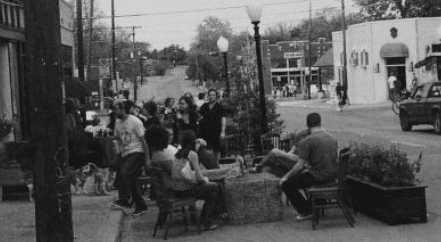
Conclusion
In “Tactical Urbanism: Short-term Actions for Long-term Change,” Mike Lydon and Anthony Garcia inspire readers to actively shape their communities by promoting creativity, inclusivity, and a commitment to enduring positive transformation. Through step-by-step instructions and illustrative case studies, the authors ignite the reader’s imagination and encourage the development of innovative solutions tailored to their local contexts. Despite its limited focus on Western case studies, which may present challenges for readers from non-Western backgrounds, the book’s underlying principles and actionable strategies possess universal appeal. It stands as a valuable resource for anyone passionate about making a tangible impact in their community, irrespective of geographic boundaries.
References
- Lydon, M., & Garcia, A. (2015). Tactical Urbanism : Short-term Action for Long-term change. Washington, DC : Island Press.
- Tony Garcia. (n.d.). Retrieved from National Association of City Transportation Officials: https://nacto.org/person/tony-garcia/
- BIBLIOGRAPHY (n.d.). Retrieved from Island press: https://islandpress.org/
- (n.d.). Retrieved from New York City Police Department: https://www.nyc.gov/site/nypd/index.page
- Tomasulo, M. (n.d.). Retrieved from Walk [YOUR CITY]: https://tacticalurbanismguide.com/portfolio/walk-your-city-signs/
- (n.d.). Retrieved from Better Block: https://www.betterblock.org/
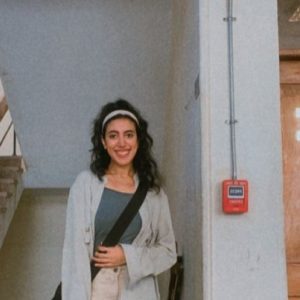
Ahella Abdelghaffar
About the Author
Born and raised in Egypt, Ahella majored in Urban Design at Cairo University. Her interests include: Urban Design and mental health, as well as GIS applications in Urban Design.
Related articles
UDL Illustrator
Masterclass
Visualising Urban and Architecture Diagrams
Session Dates
17th-18th January 2026

Urban Design Lab
Be the part of our Network
Stay updated on workshops, design tools, and calls for collaboration
Curating the best graduate thesis project globally!

Free E-Book
From thesis to Portfolio
A Guide to Convert Academic Work into a Professional Portfolio”
Recent Posts
- Article Posted:
- Article Posted:
- Article Posted:
- Article Posted:
- Article Posted:
- Article Posted:
- Article Posted:
- Article Posted:
- Article Posted:
- Article Posted:
- Article Posted:
- Article Posted:
Sign up for our Newsletter
“Let’s explore the new avenues of Urban environment together “





